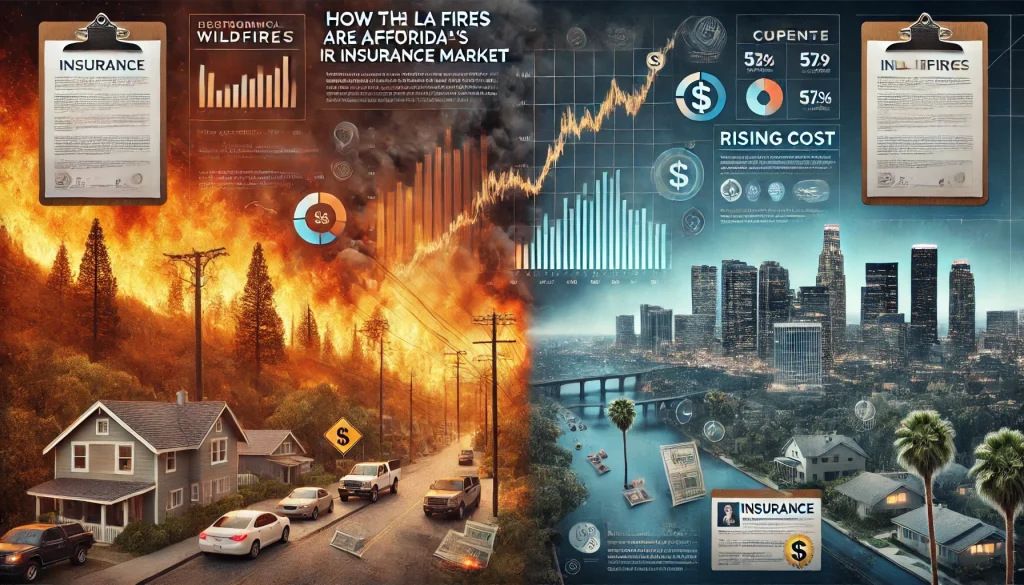At COP29, the 29th annual United Nations Climate Change Conference, the fashion industry played an important role in reducing the impact of climate change. The event focused on how industries like fashion must innovate and collaborate to minimize their carbon footprint and what sustainability and environmental responsibility mean in terms of industries today. Fashion, one of the world’s biggest polluters, has an obligation and the chance to set an example.
From shifting to eco-friendly materials to raising awareness through creative expressions like printed garments, the message is clear: The planet needs to become a liveable planet, and fashion must play its part.
Environmental Footprint of Fashion
The fashion industry generates a substantial percentage of worldwide warming and contaminates an entire lot of water because of dying and fibre processing. Fast fashion, the mass production of cheap, disposable clothing, is deeply implicated in waste, resource depletion, and supply chain pollution. At COP29, however, governments and industry leaders urged taking steps to tackle these issues.
Central to the plan was the call for brands to commit to net-zero goals by procuring renewable energy in their production facilities. However, recycling and upcycling fashion materials are major steps to reducing waste. The industry also encourages regular use of organic cotton, recycled fabrics, and biodegradable options.
Creative Communication on Climate Change
One of the standout trends at COP29 was discussing fashion as a communication tool. Printed garments such as T-shirts are used to raise awareness of climate change, and clothing can spread powerful messages.
For instance, the popular use of direct-to-film printing, which uses less ink than the traditional screen printing method, eliminates wasteful excess to produce an eco-friendly product. Hence, individuals and environmentally conscious citizens can help educate the public by highlighting messages on sustainability, conservation, and climate action through DTF-printed garments.
Additionally, they can create emotionally and visually appealing t-shirts and caps by customizing their campaign messages using professional DTF transfers. These will remind the public about what is being lost with print slogans like ‘Save our planet.’ One can also portray visuals of melting glaciers and captivating graphics of lush forests. These wearable messages disseminate awareness and get people to take action.
Fashion Brands Sustainability Initiatives
COP29 triggered a host of brands to double down on sustainability. Many companies have already begun exploring ways to incorporate climate-conscious practices into their business models. For instance, leading brands commit to reducing emissions across the supply chain through carbon-neutral production.
With waterless dyeing technologies, water usage at the textile processing stage is being lowered by cutting-edge methods.
Climate Awareness Gets Vogue on Fashion Weeks
The influence of COP29 can already be seen at the main fashion events around the world. Fashion weeks are introducing seemingly nature-inspired, sustainable and activist collections. These designers show off eco-friendly materials and pack in bold climate messaging in their designs. The urgency of the climate crisis is driven home through models wearing shirts decorated with climate stats or dresses modeled after polluted wasteland.
Consumers as Change in Motion
Consumers are paramount. COP29 marked how strong public support was a key driver behind brand changes. Modern shoppers now want to know where their clothes are being made, how they are being made, what material is being used, and if they are being made ethically. Printed garments featuring climate change messages engage in a simple but effective way to support climate causes with which people are familiar and encourage community members.
Challenges Ahead and Way Forward
COP29 laid down the roadmap for sustainability, but challenges persist. Pursuing greener practices is a big task and requires a huge investment and change. That could leave smaller brands falling behind and fast fashion giants coming under fire for promising greenness as part of marketing but not making much of a difference. They have to work together in the industry to combat these.
COP29 makes it clear that the fashion industry can no longer see environmental sustainability as just a trend but as a must. From production to retail, every step must fulfill key environmental goals. Fashion is about expression, and it’s time for the industry to voice its commitment to a sustainable future. Finally, the fashion industry must lead the fight against climate change through the collective effort of brands, designers, and consumers.
Final Thoughts
COP29 is a call to action for the fashion world to combine originality with responsibility. Fashion can make a great difference, and adopting sustainable practices, using innovative tools such as DTF printing, and using garments to spread awareness can really help save our planet. Perhaps the most meaningful gift of all, a T-shirt with a powerful climate message this Christmas, might be just the thing.








